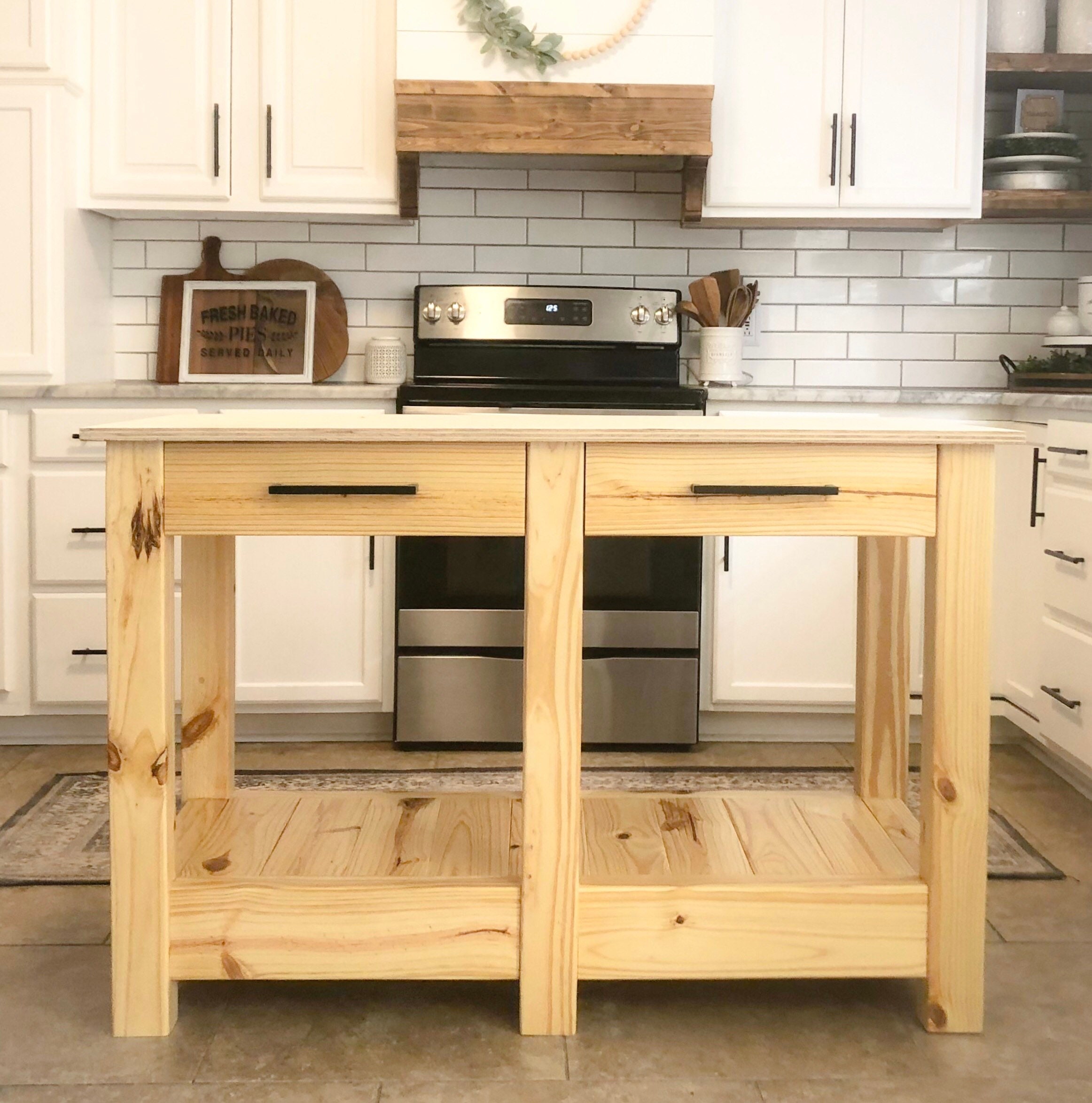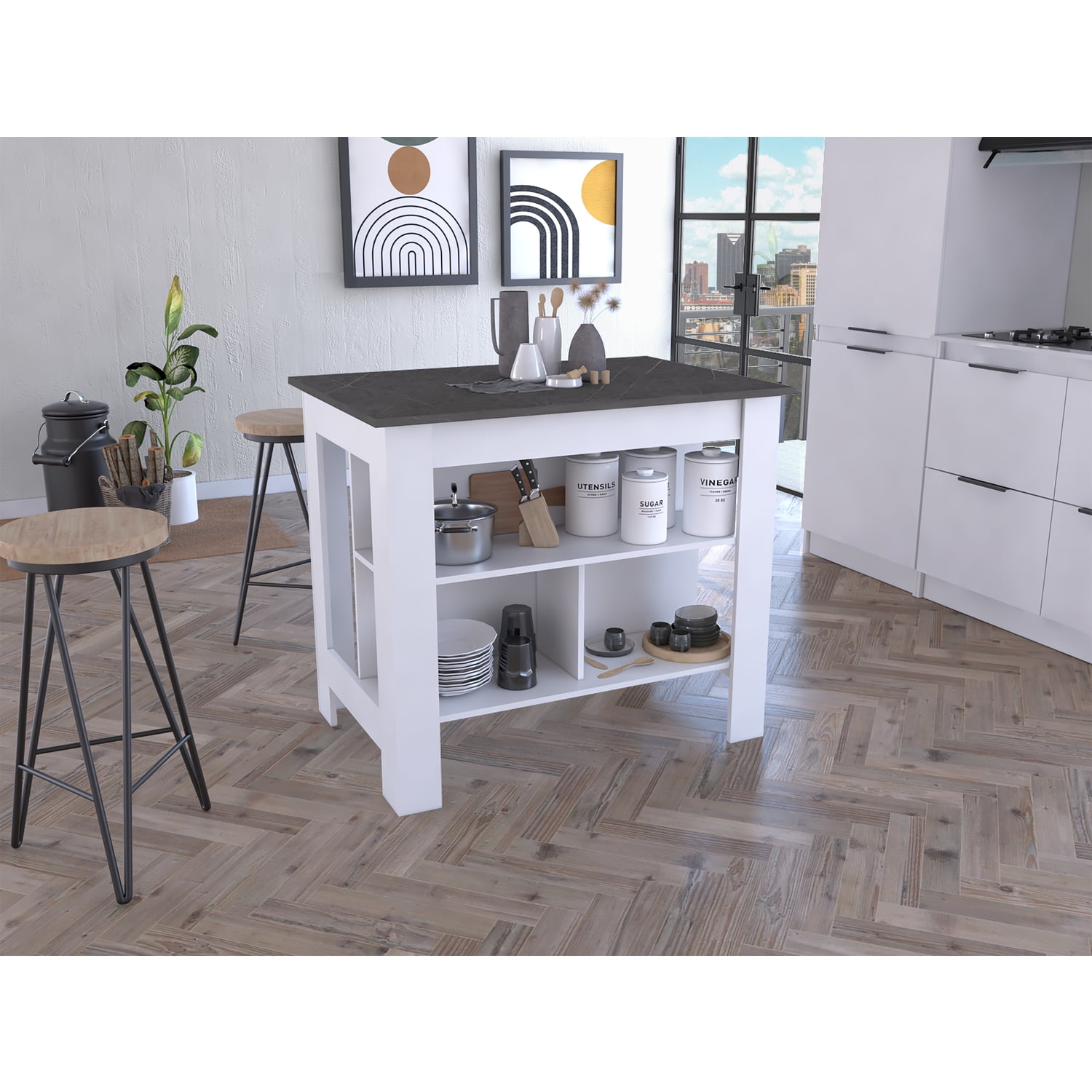Key Factors To Consider for Finding the Finest Legs For Cooking Area Island for Your Layout
When picking the excellent legs for your kitchen island, a number of key considerations come right into play that can significantly influence both functionality and looks. The option of material, style, and height have to straighten with your total cooking area design to make certain an unified appearance.
Determine Your Style Choice
Determining your design choice is critical when selecting the optimal legs for your cooking area island. The legs of your kitchen area island not just serve a useful purpose yet additionally contribute substantially to the total visual of the area. As a result, identifying your design style-- be it contemporary, rustic, standard, or commercial-- is crucial.
For a modern cooking area, think about smooth, minimalistic legs that match open rooms and tidy lines. Traditional kitchens frequently prefer turned or elaborate legs, which can add a touch of sophistication and elegance.
Furthermore, think about the height and percentage of the legs in relationship to the island's surface area. Inevitably, your design choice will certainly influence not just the option of legs however also the overall harmony of your cooking area's style.
Choose the Right Product
Selecting the best product for your kitchen area island legs is pivotal in ensuring both toughness and visual appeal. Different products supply distinct advantages, and the option frequently shows your design choices and useful needs.
Timber is a preferred option, offering heat and adaptability. It can be tarnished or repainted to match your kitchen area design, making it versatile to numerous styles, from rustic to contemporary. Wood might call for regular maintenance to protect its look and honesty.

If you look for a distinct touch, take into consideration acrylic or glass materials. They can produce an impression of space and agility in your kitchen, making them a superb option for smaller sized locations - Legs For Kitchen Island. These options may need careful handling and maintenance to avoid scrapes.
Ultimately, the material you select must align with your kitchen area's general layout, ensuring that the legs serve both practical and ornamental purposes.
Consider Height and Proportions
When creating a kitchen area island, height and proportions play an important function in making sure performance and comfort,. The conventional height for a kitchen island generally ranges from 36 to 42 inches, aligning with conventional counter elevations or bar elevations, respectively. This dimension is important for harmonizing with bordering stools and countertops, enabling convenience of usage during dish prep work and social communications.
Furthermore, the island's percentages need to match the overall cooking area design. A well-proportioned island ought to not bewilder the area; rather, it needs to develop a balanced visual. Think about the ratio in between the island's width and size, ensuring it provides sufficient surface without crowding the cooking area. A general standard is to preserve a size of 24 to 48 inches, assisting in movement and access.
Additionally, the elevation of the legs or base can influence the aesthetic allure and performance. Taller legs might lend a much more modern-day, airy feel, while much shorter ones can evoke a conventional, based appearance. Eventually, meticulously considering height and percentages will certainly result in a kitchen area island that is both aesthetically appealing and functionally effective, enhancing the general style of the room.
Assess Security and Sturdiness
A cooking area island's legs have to not only complement its height and proportions however additionally give adequate stability and sturdiness to sustain day-to-day tasks. The legs are important to the overall functionality of the island, as they bear the weight of the counter top and any type of extra tons, such as home appliances or cooking jobs.
When analyzing security, it is crucial to consider the leg design and material. For example, sturdy metal or strong wood legs usually supply premium toughness contrasted to lighter products like engineered wood or plastic. Additionally, a larger base can enhance security, decreasing the threat of tipping or tottering throughout use.
Toughness is similarly essential; the legs ought to stand up to damage from daily use. Take into consideration surfaces that safeguard versus scratches, dents, and dampness, particularly in a kitchen atmosphere. Additionally, evaluate the top quality of building, such as fastenings and joints, which can significantly influence the legs' long-term efficiency.
Eventually, purchasing well-crafted legs that prioritize security and resilience will certainly ensure your kitchen area island continues to be a trusted work area for several years to come, improving your cooking experiences while maintaining aesthetic allure.
Element in Upkeep and Treatment
Maintenance and care are critical factors to consider for guaranteeing the durability and efficiency of kitchen island legs. When choosing legs, it is necessary to evaluate the materials utilized, as various options require varying levels of maintenance. Wooden legs may require periodic refinishing or sealing to prevent moisture damage and scratches, while steel legs might require normal polishing to keep their sparkle and protect against corrosion.
In addition, the finish related to the legs can affect maintenance requirements. A high-gloss finish might be much check over here easier to clean but could show scrapes and fingerprints much more readily than a matte finish. It is suggested to pick products and surfaces that complement your lifestyle; for instance, if you regularly hold gatherings, decide for sturdy products that can endure wear and tear.
In addition, think about the cleaning procedure associated with preserving these legs. Smooth surfaces usually need minimal initiative, while complex designs might build up dirt and gunk, necessitating even more labor-intensive cleaning approaches. Legs For Kitchen Island. Eventually, factoring in the upkeep and care needed for your chosen cooking area island legs will not just enhance their visual appeal yet likewise guarantee their functional honesty gradually
Conclusion
To conclude, choosing the optimum legs for a kitchen island demands careful factor to consider of numerous elements, consisting of design style, material selection, upkeep, stability, and height. Each component plays an important duty in ensuring that the legs not only improve the visual appeal of the kitchen area however likewise give the required support and longevity for everyday use. A knowledgeable choice will inevitably add to a functional and visually pleasing kitchen atmosphere.
The legs of your kitchen area island not only offer a practical objective yet additionally add significantly to the overall aesthetic of the space.Maintenance and care are crucial considerations for making sure the durability and performance of kitchen area island legs. Wooden legs may require periodic refinishing or sealing to prevent moisture damages and scrapes, while steel legs may need routine polishing to maintain their shine and prevent corrosion.
Inevitably, factoring in the upkeep and treatment required go now for your chosen kitchen island legs will not just boost their visual charm however also guarantee their useful stability like this over time.
